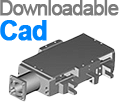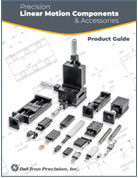The 4 Types of Linear Actuators
There are four basic types of linear actuators: mechanical/electro mechanical, hydraulic, pneumatic and piezoelectric.
Mechanical or electro mechanical linear actuators
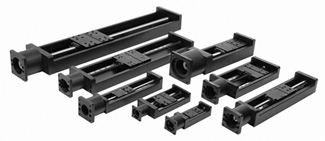
Mechanical linear actuators or electro mechanical linear actuators usually convert rotary motion into linear motion. The distinction between mechanical or electro mechanical linear actuators is whether it is driven by an internal or an external power source, such as a motor, or by hand. The most common mechanisms include the screw (ballscrew, roller screw, or lead screw designs) where rotating the nut moves the screw shaft in a straight line; the wheel and axle, where rotating a wheel produces linear motion along a belt, chain, cable, or rack; and the cam, where an eccentrically shaped wheel is rotated to produce linear motion. Click here for more about Deltron's linear slides.
Hydraulic linear actuators
Hydraulic linear actuators use pressurized hydraulic fluid, usually oil. Their basic design is hundred of years old and are particularly useful for rugged applications where high force, high power per unit weight and volume, mechanical stiffness, and high dynamic response are desired. Hydraulic linear actuators can operate at forces of 500 PSI or greater, and offer far tighter control than pneumatic systems. They are typically used in precision control systems and heavy-duty machine tools in engineering vehicles, marine, and aerospace applications. Disadvantages include noise, heat, leakage problems (when not properly maintained), and the need for additional equipment such as fluid reservoirs, release valves, motors and pumps, as well as additional equipment to reduce noise and heat.
Pneumatic linear actuators
Pneumatic linear actuators use pressurized air or gas. Their basic design is also hundred of years old, but are usually powered in modern times by an electric compressor. They are used in applications typically requiring 100 PSI or less, or when high speeds are needed ranging from a couple of inches per second to over 60 inches of travel per second. Applications include switches, sensors, air compressors, pumps, dentistry, mining, nail guns, mail tubes, door closers, and countless industrial applications.
Piezoelectric actuators
Piezoelectric actuators use voltage to expand a material, usually a ceramic. They allow for extremely fine positioning down to the subnanometer range with very short ranges in motion and can bear extreme loads exceeding several tons. They also offer the fastest acceleration rates available, exceeding 10,000 Gs. One advantage of using electric motors is that piezoelectric actuators generate little or no measurable magnetic field. Other advantages include low power consumption, little wear and tear or abrasion (which make them ideal for clean rooms), and no practical temperature limitations since the piezoelectric effect operates at near 0 Kelvin. They are used primarily in industrial and scientific applications.
Other industry terms for linear actuators which Deltron Precision manufactures include: ball screw driven stages, lead screw driven stages, XY stages, motorized stages, motor driven stages, DL Linear actuators, linear stages,, and crossed roller stages. For a complete list of Deltron's Precision's products, please visit our Product Selection Guide.
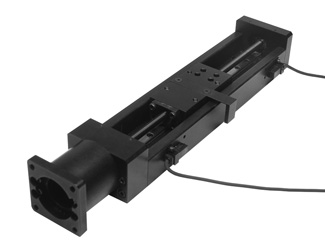
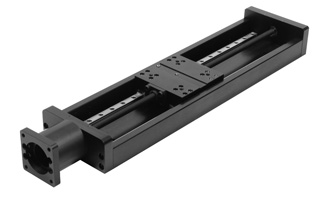
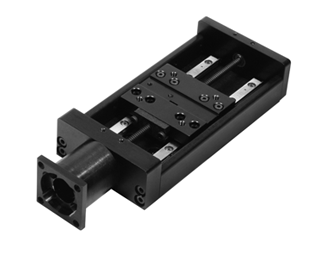
For cost efficiency and quick turnaround times, Del-Tron Precision delivers. Visit www.Deltron.com or call 800-245-5013.
